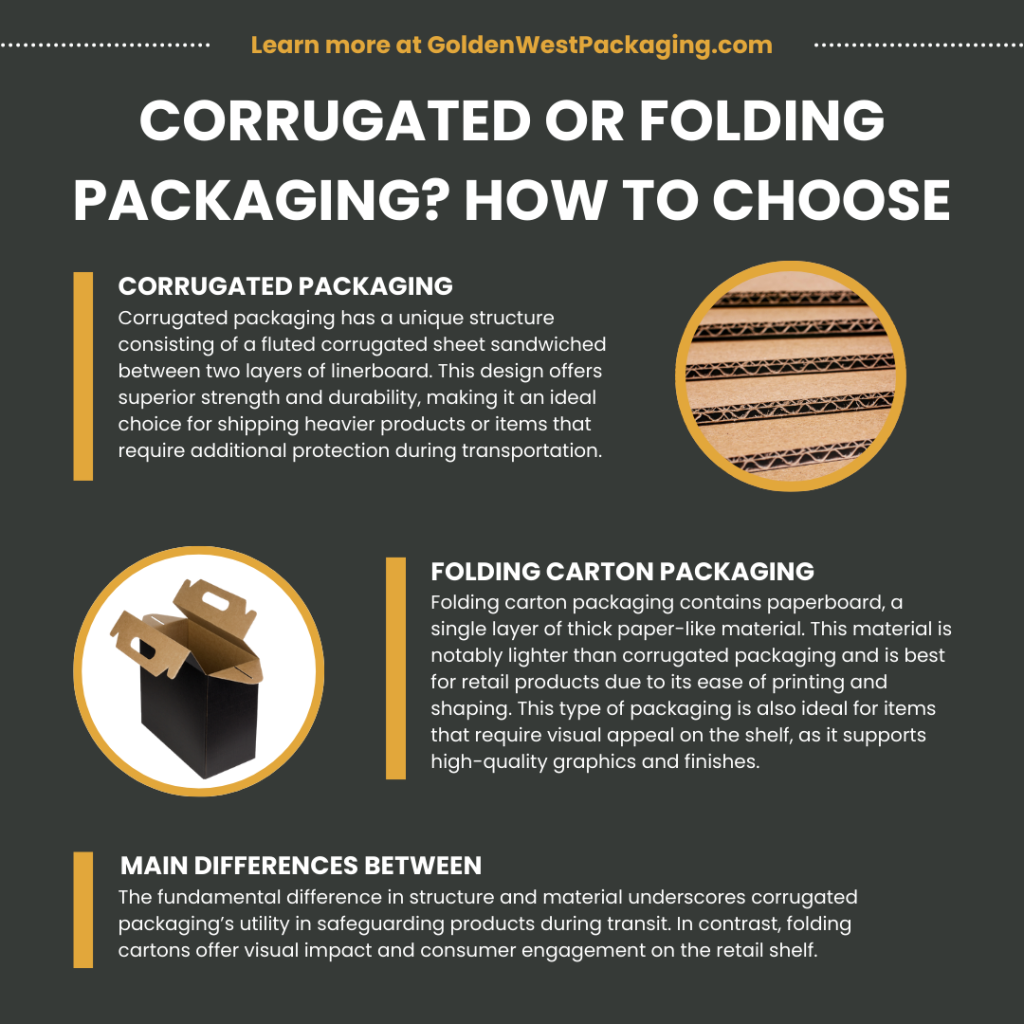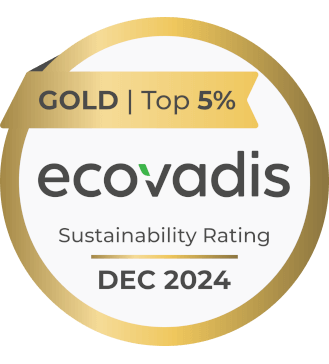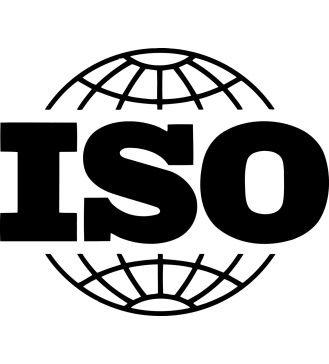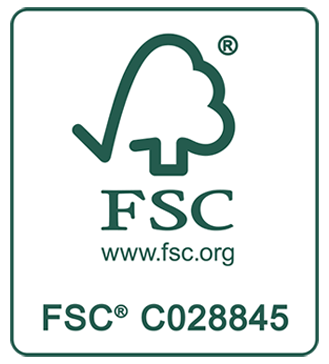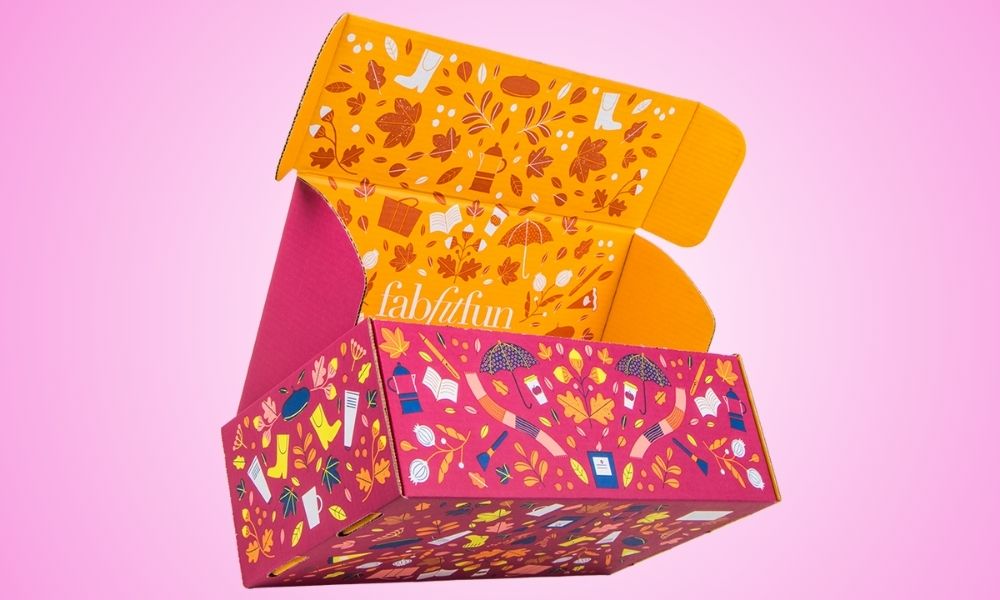
Choosing a material is one of the first things you do when designing packaging for your products. The material you choose should be durable enough to protect the product inside, yet it must also house stunning graphics and text for marketing purposes. Two common types of materials you may come across are corrugated and folding cartons. But how should you choose between corrugated and folding carton packaging?
Learn more about each type of packaging material, its differences, and industry examples to better understand which material is right for you and your products.
Understanding Corrugated Packaging
Corrugated packaging has a unique structure consisting of a fluted corrugated sheet sandwiched between two layers of linerboard. This design offers superior strength and durability, making it an ideal choice for shipping heavier products or items that require additional protection during transportation.
Understanding Folding Carton Packaging
Folding carton packaging contains paperboard, a single layer of thick paper-like material. This material is notably lighter than corrugated packaging and is best for retail products due to its ease of printing and shaping. This type of packaging is also ideal for items that require visual appeal on the shelf, as it supports high-quality graphics and finishes.
The Main Differences Between the Two Packaging Types
While you can customize both packaging materials with eco-friendly materials, there are quite a few distinctive differences. Understanding these contrasts can help you choose the right material for your product. Here’s what makes corrugated and folding carton materials different.
Structure and Material
The key difference between corrugated and folding carton packaging lies in their structure and material. As we mentioned above, corrugated packaging consists of layered cardboard, while the folding carton is a single sheet of thicker paper material.
These materials make them ideal for different products. The fundamental difference in structure and material underscores corrugated packaging’s utility in safeguarding products during transit. In contrast, folding cartons offer visual impact and consumer engagement on the retail shelf.
Durability and Protection
When it comes to durability, corrugated packaging outperforms folding carton packaging. The corrugated structure can resist stress, making it crush-resistant. This resilience is crucial in protecting products, especially heavy or fragile items.
On the other hand, folding carton packaging offers less protection and is more vulnerable to impact, pressure, or moisture. Folding cartons are best for items that are less prone to damage. Understanding each packaging material’s protective capabilities helps you choose the right material to preserve product integrity until it reaches consumers.
Design Flexibility and Branding
Design flexibility and branding opportunities differ between corrugated and folding carton packaging. Folding cartons excel due to their smooth surface, enabling high-quality printing and intricate designs. This allows for various customization options, from vibrant graphics to matte, gloss, or metallic finishes.
With its thicker structure, corrugated packaging has print clarity and design intricacy limitations. While it supports branding through printing, results may not be as vivid as with folding cartons. However, you can still make custom corrugated boxes with die-cuts, shapes, and inserts for functional design enhancements.
Industry Applications
Different industries have unique packaging needs that dictate whether corrugated or folding carton packaging is more suitable. Explore a few industry examples below.
Corrugated Packaging
Corrugated packaging is useful across various industries due to its strength and durability.
E-Commerce
The e-commerce sector heavily relies on corrugated packaging for shipping goods to customers. Its robust structure ensures that products, from glassware to home furnishings, arrive in pristine condition despite the rigors and handling from various carriers.
Food and Beverage
Corrugated boxes are a staple of the food and beverage industry, especially for bulk shipments and deliveries. They transport perishable items like fruits, vegetables, and beverages, protecting against moisture and impact.
Electronics
High-value electronics, such as TVs, computers, and home appliances, often come in corrugated packaging. The customizable nature of corrugated packaging allows for the addition of inserts and separators that offer extra protection against shocks and vibrations, which is crucial for these sensitive items.
Folding Carton Packaging
Folding carton packaging is a great choice for industries that rely on aesthetic appeal and adaptability.
Cosmetics and Beauty Products
In the cosmetics industry, visual presentation drives consumer purchasing decisions. Folding carton packaging, with its capability for high-quality printing and finishes, allows for vibrant colors, detailed designs, and textures that appeal to consumers’ senses. This enables beauty products to stand out on crowded retail shelves and effectively convey brand values.
Pharmaceuticals
Folding cartons are common in the pharmaceutical industry for packaging medicines, supplements, and health products. Its ability to incorporate intricate designs and crucial information, such as dosage instructions and ingredient lists, makes it an ideal choice.
Smaller Consumer Goods
Folding carton packaging is crucial for smaller consumer goods, such as toys and small electronics. Its lightweight design with windows or cut-outs allows consumers to see inside. The packaging supports vibrant graphics and detailed info, perfect for retail displays.
Making the Right Choice for Your Business
Choosing the right packaging type for your business involves evaluating your product’s specific requirements against the strengths and limitations of corrugated and folding carton packaging. Start by considering the weight, fragility, and value of your product and the distances it will travel. Due to its robustness and durability, corrugated packaging is prudent for heavier items or those requiring superior protection during shipping.
On the other hand, if your priority is shelf appeal and you’re distributing products primarily through retail environments where visual presentation is key, folding carton packaging may be more appropriate. This is because they offer superior printing quality and customization options.
Additionally, consider your brand’s sustainability goals. Both packaging types offer eco-friendly benefits, but folding carton’s biodegradability and recyclability might align more closely with certain sustainability objectives. Ultimately, the right choice balances protection, branding, and environmental considerations to support your product’s unique needs and your company’s values.
Understanding how to choose between corrugated and folding carton packaging is crucial for businesses seeking to optimize their packaging strategy. The specific needs of your products should drive your decision. Whatever choice you make, ensure that it protects your product effectively, enhances its marketability, and aligns with your company’s values.
